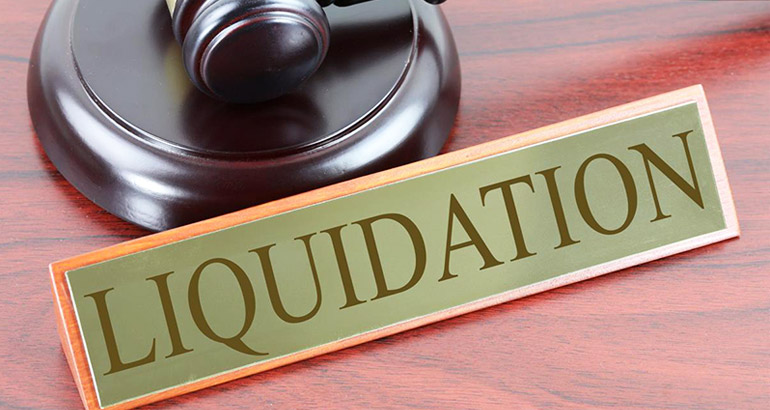Our Company Liquidation PDFs
Table of ContentsCompany Liquidation Can Be Fun For EveryoneExcitement About Company LiquidationCompany Liquidation Things To Know Before You Get ThisCompany Liquidation Things To Know Before You BuyThe Best Guide To Company Liquidation
A liquidator is specifically appointed to oversee the ending up of a firm's events in order for it to be shut down typically when the company is declaring bankruptcy. The liquidator is an impartial 3rd party who manages the sale of business properties in order to repay any type of superior debts.Their duty includes, but is not limited to: Neutral Overseer: A liquidator is entrusted with functioning as an impartial 3rd party to supervise the whole business liquidation procedure. Create Statement of Affairs: Liquidators must create a comprehensive statement of events document. This document is dispersed to lenders, outlining the existing financial condition of the organization at the time of its liquidation.
After the liquidation of a firm, its existence is eliminated from Business Residence and it ceases to be a lawful entity. If supervisors navigated the process uncreative, there would be no penalties or individual responsibility for firm financial obligations anticipated. Currently, with a clean slate, supervisors can explore new organization chances, though expert examination is suggested.
The Main Principles Of Company Liquidation
If more than 90% of all firm investors concur, liquidation can take place on brief notice within seven days, the minimum legal notification for financial institutions. Usually, the larger the liquidation and the even more properties and capital the business has, the longer the process will take. 'Do I need to pay to liquidate my firm?', the solution will certainly rely on whether your organization has any assets leftover when liquidating.

We understand that no 2 companies coincide, which is why we will take the time to be familiar with your organization so we can recommend the most effective strategy for you. We just operate in your benefits, so you can be totally confident in the solution we supply.
The Definitive Guide for Company Liquidation
In the UK, there is a set procedure to folding or reorganizing a restricted company, whether it is solvent or bankrupt. This process is referred to as liquidation and can only be taken care of by a qualified insolvency practitioner (IP) in conformity with the Insolvency Act 1986. There are 4 main kinds of firm liquidation process: Lenders' Voluntary Liquidation (CVL); Obligatory liquidation; Administration; and Members' Voluntary Liquidation (MVL).

In these scenarios, it is essential that the firm stops trading; if business proceeds to trade, the supervisors might be held directly responsible and it could lead to the insolvency professional reporting wrongful trading, recognized as misfeasance, which might lead to lawsuit. The directors assign an insolvency professional and once this has actually been agreed and verified, there is a conference with the shareholders.
The directors are no longer included in what occurs, including the sale of the business's possessions. If the supervisors desire any of the properties, they find out can alert the IP.
All About Company Liquidation
The major difference is that the firm's financial institutions used to the court for a winding up order which forces the bankrupt firm into a liquidation process. Lenders take this action as a last hotel due to the fact that they haven't received settlement with other forms of arrangement. The court designates a bankruptcy professional, additionally recognized as a main receiver, to perform the mandatory firm liquidation process.
This type of business liquidation is not voluntary and supervisors' conduct weblink is reported to the UK's Secretary of State once the liquidation procedure has been finished. Any supervisor that stops working to coordinate with the IP or has been included in supervisor misconduct, or a deceitful act, might result in serious effects.
It is made use of as a way to safeguard the business from any type of lawful activity by its financial institutions. The supervisors of the firm agree to make routine repayments to resolve their financial debts over a period of time.
The Of Company Liquidation
This supplies the business with time to develop a strategy going onward to save the company and avoid liquidation. At this factor, directors hand control of the firm over to the assigned manager. If a company is solvent but the supervisors and investors wish to shut discover this business, a Members Voluntary Liquidation is the right choice.
The company liquidation procedure is handled by a liquidator appointed by the supervisors and shareholders of the company and they need to authorize a statement that there are no creditors continuing to be. The liquidation procedure for an MVL is similar to that of a CVL because assets are understood but the profits are distributed to the supervisors and the shareholders of the firm after the liquidator's charges have actually been paid.